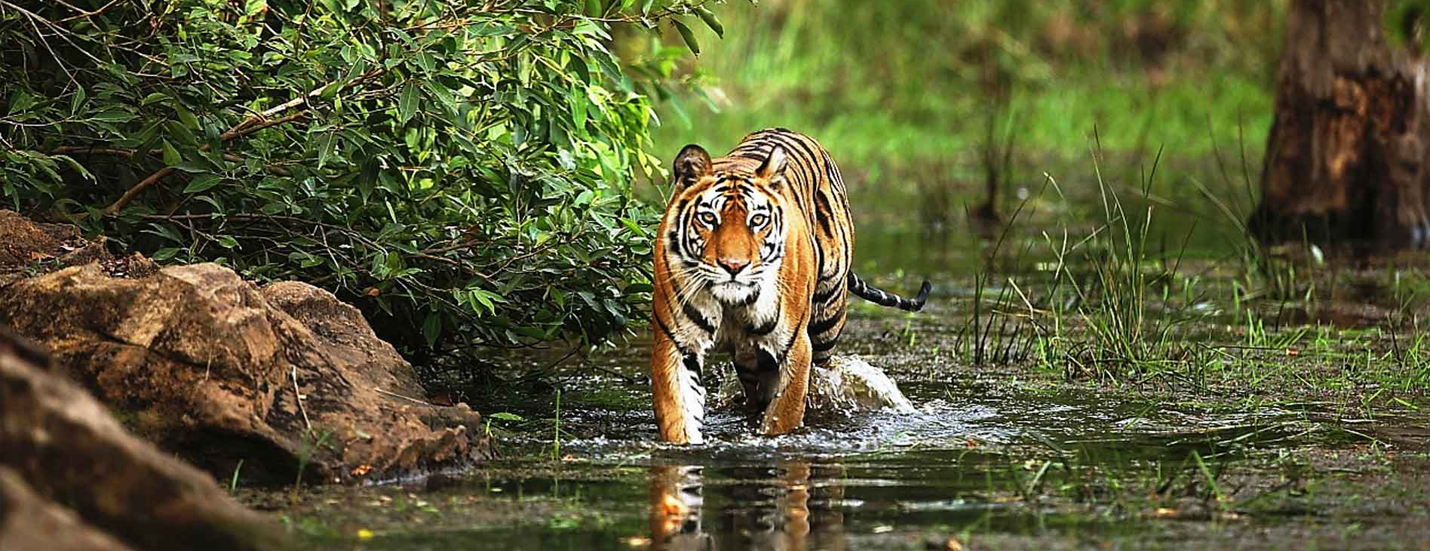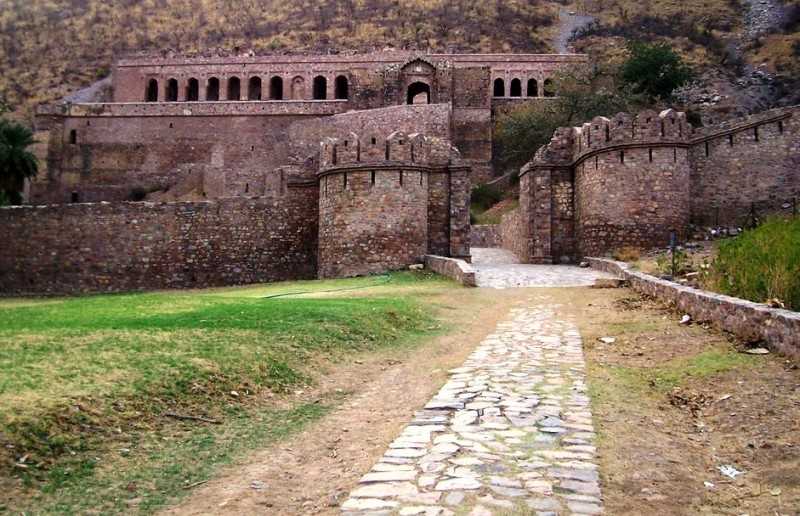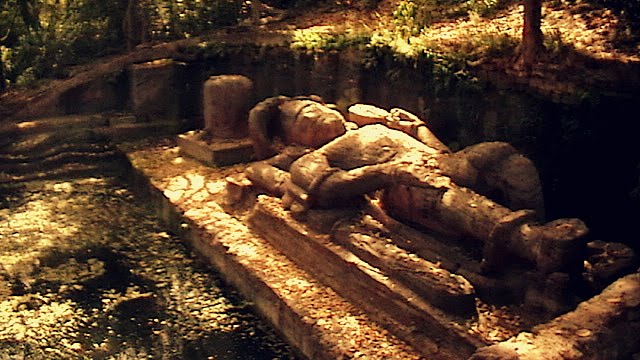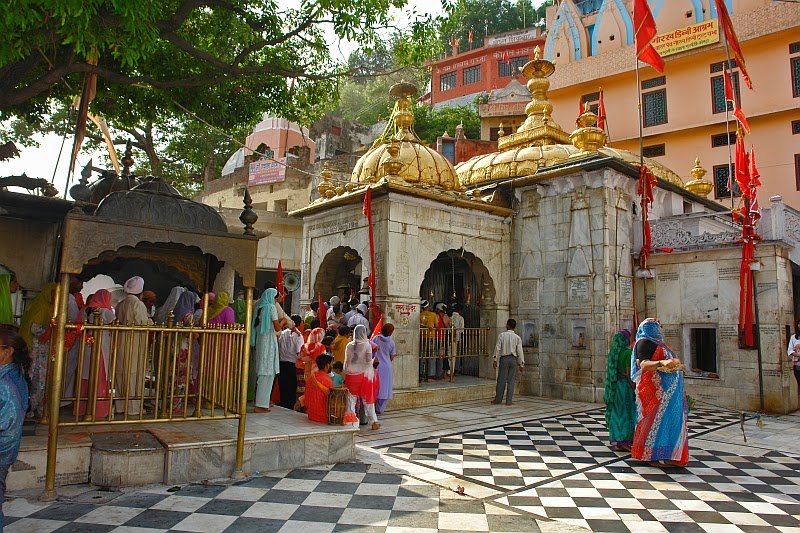Experience the wild!-The exotic location of Bandhavgarh!
If you think that a visit to an animal reserve is anything similar to visiting a zoo, you cannot be more wrong! Animal reserves are protected forests, the home and domain of wild animals, and you are the outsider there, at the mercy of the inhabitants of that jungle. While the thought of trespassing the territory of dangerous and powerful animals is petrifying, the opportunity to lay eyes upon these majestic animals without fences obstructing the view is priceless! If you enjoy the thrill of adrenaline pumping through your body as you come face to face with the king of the jungle, Bandhavgarh is where you should be headed to. The erstwhile hunting ground of the maharajas of Rewa, this national park situated in Madhya Pradesh hosts the highest density of Royal Bengal Tigers in the world.
Where the wild roam free
‘’In any other national park, you are lucky if you spot a tiger while in Bandhavgarh National Park, you are unlucky if you don’t spot even one!’’
The 105-kilometer-square-area of the sanctuary reportedly hosts 46-52 tigers, with the average density being one tiger for every 2-3 kilometre square.

Besides the awe-inspiring tiger, Bandhavgarh National Park is home to over 30 species of mammals, 250 species of birds and butterflies and more. Jeep safaris and elephant safaris are available alike and offer a peep into the four different zones of the park. Even if the elusive tiger refuses to pay you a visit (which is a very rare possibility), a Nilgai, Chital, Jackal or Chinkara will definitely be kind enough to do so. The animals have become accustomed to human presence on the pre-determined safari tracks and do not get disturbed or run away. Straying away from the tracks is extremely dangerous though. As you gaze upon these animals roaming freely, you realize that the Earth actually belongs to them and not us. A real leveller!
Other places of interest within the park
Bandhavgarh Fort

Bandhavgarh is not only famous for wildlife but is associated with mythological and historical significance as well. Bandhavgarh Fort, situated on a hillock within the heart of the wildlife sanctuary, is said to have been gifted by Lord Rama to his brother Lakshman to keep a watch on Lanka. This fort, now in ruins, is the dwelling place of many endangered varieties of vultures. The location of the fort over a hillock makes it a vantage point for bird watching and offers beautiful captures for wildlife photographers.
Shesh Shaiya

A 65-foot statue of Lord Vishnu rests horizontally over a bed of a seven hooded serpent or the ‘Shesh Naag’, near the origin of the river Charanganga. The place is highly revered and during the festival of Diwali, the statue is adorned with numerous lamps. The surroundings of the statue bear a number of fruit trees and thus attract birds in large numbers. A notable bird to look out for is the Malabar pied hornbill.
Jwalamukhi temple

The temple dedicated to the Goddess Jwalamukhi. It is situated on the banks of the river Charanganga and dates back to the 10th century. This spectacular wonder is thronged by devotees till date and is a must-visit in Bandhavgarh.
Tips while visiting
– The Bandhavgarh National Park can be visited anytime from October to June. It remains closed for three months of the monsoon season.
– The nearest airport is at Jabalpur(190kms) and the nearest railway station is at Umaria(37kms). Cabs and taxis are available on rent at Bandhavgarh.
– Reflective and bright clothing should be avoided as it attracts wild animals and drives them away. Wearing greens and other colours that merge with the surroundings offer better chances to observe wild animals without disturbing them.
– Only approved safaris must be booked. It is advisable to take a guide along who can inform you the safety rules inside the park and also help you spot animals.
– No attempt to attract the undue attention of animals must be made.
If you wish for a more enriching wildlife experience, it is a great idea to club excursion in Bandhavgarh and Kanha National Parks. At a distance of around 250 kilometres by road from Bandhavgarh, Kanha National Park is equally rich in its biodiversity and is a tiger reserve too. Additionally, it is also a remarkable place for some quality wildlife photography. You can choose to stay at Sterling Kanha tucked away in a quaint place called Mocha and enjoy luxury and comfort in the heart of the wilderness.
October is already here, so is the season to visit the national parks. Have you packed your bags and cameras yet?


